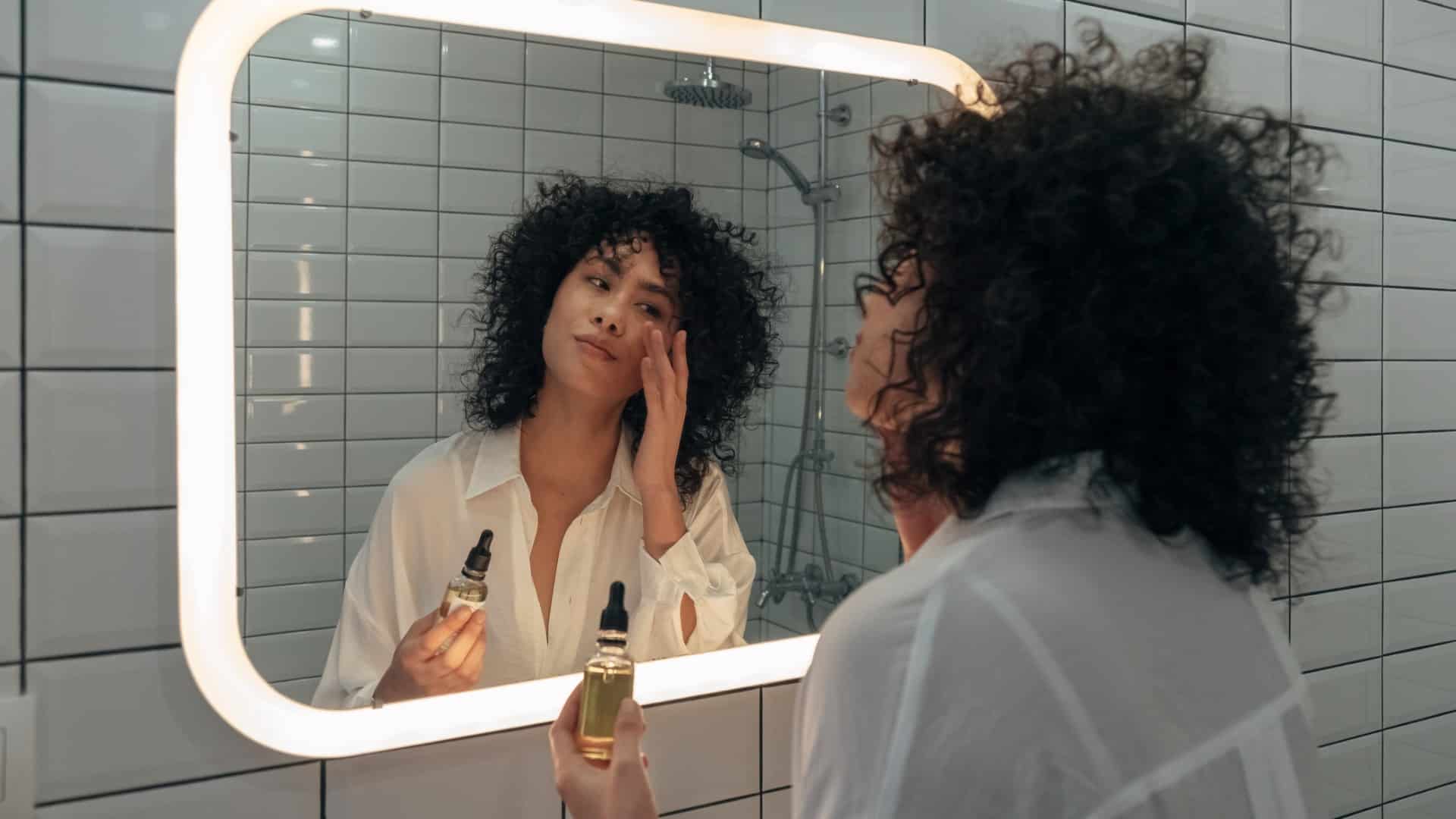For countless generations, humanity has sought solace and inspiration in the embrace of nature. Among nature’s most profound gifts to us are essential oils. These elixirs, aromatic and potent, hold the very life force of the plants from which they are extracted. Whether it’s the calming whisper of lavender fields or the invigorating spirit of peppermint leaves, each drop tells a tale steeped in history and tradition.
Essential oils have traversed the epochs, bearing witness to ancient civilizations’ rituals, spiritual practices, and daily life. Their legacy is a testament to their revered status in various cultures, from the mysterious realms of Egyptian pharaohs to the aromatic chambers of Roman spas. Today, in an age of relentless change and often overwhelming stimuli, these oils stand as a bridge, connecting us to the age-old wisdom of the earth. The allure they hold is multifaceted; it’s not merely about the sensory experience they offer but the promise of a journey that transcends the physical. A journey that leads to discovery, understanding, and a harmonious balance with nature’s rhythms.
It’s in this context that we explore essential oils, not as mere commodities, but as keys to a deeper, more enriching dialogue with the world – a dialogue that beckons with challenges and rewards, and one that promises transformation and enlightenment.

The Essence of Essential Oils
Diving into the world of essential oils is akin to embarking on an aromatic journey, where each scent holds a story, a purpose, and a promise. These oils, often referred to as the lifeblood of plants, are the result of nature’s alchemy, where sunlight, soil, and water converge to give birth to these potent compounds. It’s a delicate art, extracting the very essence of a plant, ensuring that every molecule of its therapeutic qualities is retained.
The extraction process, whether through steam distillation or cold pressing, is meticulous and requires precision. But beyond the mechanics lies the poetry. When you open a bottle of genuine essential oil, you’re not just releasing a fragrance; you’re releasing a piece of the earth, a fragment of a specific time and place. The quality and authenticity of these oils are paramount.
In a world rife with synthetic imitations, understanding the purity of an oil becomes essential. It’s this purity that determines its efficacy, its ability to deliver the benefits it promises. Therefore, the essence of essential oils isn’t merely about their aromatic properties but about their authenticity, their connection to their source, and their capacity to transport us to nature’s heart.

A Brief Historical Overview
Essential oils and their myriad uses are not merely a product of contemporary interest; they have deep roots, extending back to ancient civilizations.
Imagine walking through the bustling marketplaces of ancient Egypt, where oils were as valuable as gold, used in religious rituals and to honor the departed. Or picture the grand courts of ancient China, where emperors and scholars recognized and documented the properties of these fragrant liquids. In ancient Greece, thinkers like Hippocrates wrote about the benefits of aromatics in daily life. Across the continents, in the verdant landscapes of India, the ancient Ayurvedic practices celebrated the potency of botanical extracts for overall well-being. The Middle Ages saw a resurgence of these oils in Europe, where they became central to various practices, both spiritual and medicinal.
These historical episodes underline the universality of essential oils. Throughout time, regardless of geographical or cultural boundaries, humanity has turned to these oils for a myriad of reasons. The common thread? A recognition of their intrinsic value and the transformative potential they hold. As we trace their journey through the sands of time, it’s evident that essential oils have not just been a part of human history but have, in many ways, shaped it.

Mood Enhancement & Emotional Balance
There’s a unique, almost magical connection between our sense of smell and our emotions. A certain scent can instantaneously transport us back to a cherished memory, evoke feelings of comfort, or invigorate our spirit. Essential oils, with their potent aromatic compounds, have long been recognized for their remarkable ability to influence our mood and emotional state.
Every inhale of an essential oil is a dance of molecules interacting with our olfactory receptors, sending signals directly to the brain’s limbic system, the center responsible for emotions, memory, and behavior. Take, for example, the rejuvenating fragrance of citrus oils like lemon or orange. These scents are known to uplift the spirit, infuse a sense of joy, and drive away feelings of stagnation. On the other hand, oils like cedarwood or sandalwood, with their deep, woody notes, ground us, creating a sense of stability and calm.
Furthermore, the act of engaging with essential oils—be it through diffusion, topical application, or simply inhaling from the bottle—is in itself a moment of mindfulness. It’s a pause, a brief respite from the hustle and bustle of daily life. This engagement becomes a ritual, fostering a deeper connection with oneself.
It’s not just about the scent, but the experience. Engaging with essential oils becomes a holistic journey, one that has the potential to balance emotions, restore harmony, and elevate the spirit. The beauty lies in exploration and finding those fragrances that resonate most deeply with one’s individual emotional landscape.

Skin & Beauty Applications
The world of beauty and skincare has, for eons, celebrated the myriad contributions of essential oils. Their powerful compounds not only offer aromatic delights but also cater to the diverse needs of the skin. This union of nature and beauty reveals how essential oils have been an indispensable part of rituals that transcend mere aesthetics.
Firstly, consider the moisturizing prowess of oils like rosehip or jojoba. They glide onto the skin, leaving it supple, nourished, and radiant, without the greasiness often associated with commercial lotions. Their deep nourishing qualities help in maintaining the skin’s natural barrier, ensuring it remains hydrated and resilient against environmental stressors.
For those seeking clarity and balance, tea tree and lavender oils emerge as heroes. With their purifying properties, they assist in maintaining a clear complexion and help soothe occasional skin irritations. These oils, when used judiciously, bring forth a harmonious balance, ensuring the skin feels refreshed and revitalized.
The realm of beauty isn’t just about the face. Oils like ylang-ylang, with its intoxicating fragrance, can be integrated into hair care routines, lending both strength and shine. Additionally, the act of massaging oils into the skin or scalp becomes a therapeutic process, merging the realms of self-care and beauty.
In essence, essential oils in beauty applications are not just about external radiance but about fostering a deep sense of well-being, creating a holistic beauty regimen that celebrates both the inner and outer self.

Reinvigorating The Senses
Our senses act as the gateways to our experiences, shaping our perceptions and reactions to the world around us. Essential oils, in their multifaceted magnificence, have the incredible ability to reinvigorate and revitalize these sensory pathways, offering us a refreshed perspective and a renewed sense of connection to our surroundings.
The power of scent is unparalleled. Even before we consciously recognize it, a particular aroma can stir emotions, evoke memories, or stimulate thoughts. The invigorating scent of peppermint, for example, can act as a wake-up call for our olfactory senses, making us feel more alert and attentive. Similarly, the soothing aroma of chamomile can coax our senses into a state of relaxation, subtly signaling the body to unwind.
Beyond the realm of olfaction, essential oils can tantalize the tactile senses. When blended into carrier oils and applied to the skin, they create a sensory experience that ranges from cooling sensations to comforting warmth. Imagine the gentle caress of a massage infused with eucalyptus oil, where every touch feels like a burst of freshness.
Furthermore, these oils play a symphony for our auditory senses when diffused in quiet spaces. The gentle hum of a diffuser, combined with the cascading fragrances, creates an ambiance conducive to mindfulness and introspection.
In essence, essential oils offer a multi-sensory experience. They invite us to immerse ourselves fully, reawakening and rejuvenating our senses, and in doing so, enriching our daily experiences.

The Environmental Footprint
As we delve deeper into the realm of essential oils and recognize their myriad benefits, it becomes equally important to understand and address the environmental implications associated with their production. Every drop of essential oil is a testament to nature’s generosity, but it also hints at the extensive resources that go into its extraction.
Consider the sheer volume of raw material required. To produce a single pound of rose oil, thousands of rose petals must be harvested. This extensive requirement underscores the importance of sustainable farming practices, ensuring that the soil’s fertility is maintained and that ecosystems are not disrupted. Overharvesting or unsuitable agricultural techniques can lead to habitat destruction, affecting not just the plants but the entire biodiversity of the region.
Furthermore, the extraction process itself demands energy. Traditional methods, such as steam distillation, require significant amounts of water and fuel. This calls for innovations and adaptations in extraction technologies to minimize resource consumption and ensure efficiency.
Packaging, too, plays a role. The beauty of essential oils is often complemented by aesthetically pleasing bottles, but it’s crucial that these containers are recyclable or biodegradable, reducing the waste footprint.
In the end, as consumers, understanding the environmental footprint of essential oils pushes us towards making informed choices. By supporting brands and initiatives that prioritize sustainability, we ensure that our pursuit of well-being is in harmony with the well-being of our planet.
Conclusion
Our exploration into the world of essential oils paints a vivid tapestry of history, culture, sensory experiences, and nature’s profound generosity. These aromatic elixirs, with their multifaceted roles, serve as a bridge connecting us to ancient wisdom while addressing contemporary desires for well-being and balance. They are not just commodities; they are narratives, each drop echoing tales of civilizations, rituals, and the undying bond between humanity and nature.
However, with these gifts come responsibilities. Recognizing the environmental implications of our choices, we’re reminded that true well-being is holistic, encompassing not just individual benefits but the health of the planet. The true magic of essential oils lies not just in their aromatic potency but in the harmony they can inspire – a harmony between humans, nature, and the delicate balance that sustains life.
As we move forward, let these oils be more than just fragrances. Let them be reminders, guides, and catalysts, urging us towards mindful choices, deeper connections, and a more enriching dialogue with the world. In the dance of molecules and emotions, in the symphony of history and scent, we find a path that promises transformation, growth, and a renewed sense of wonder.
















